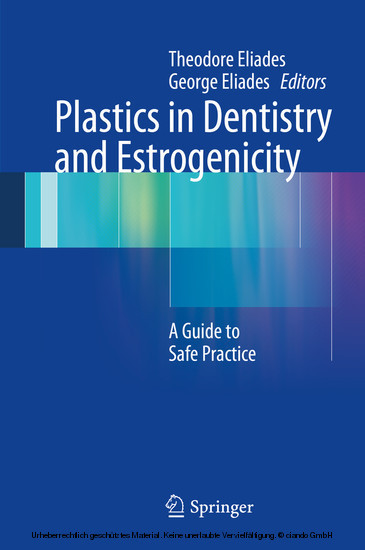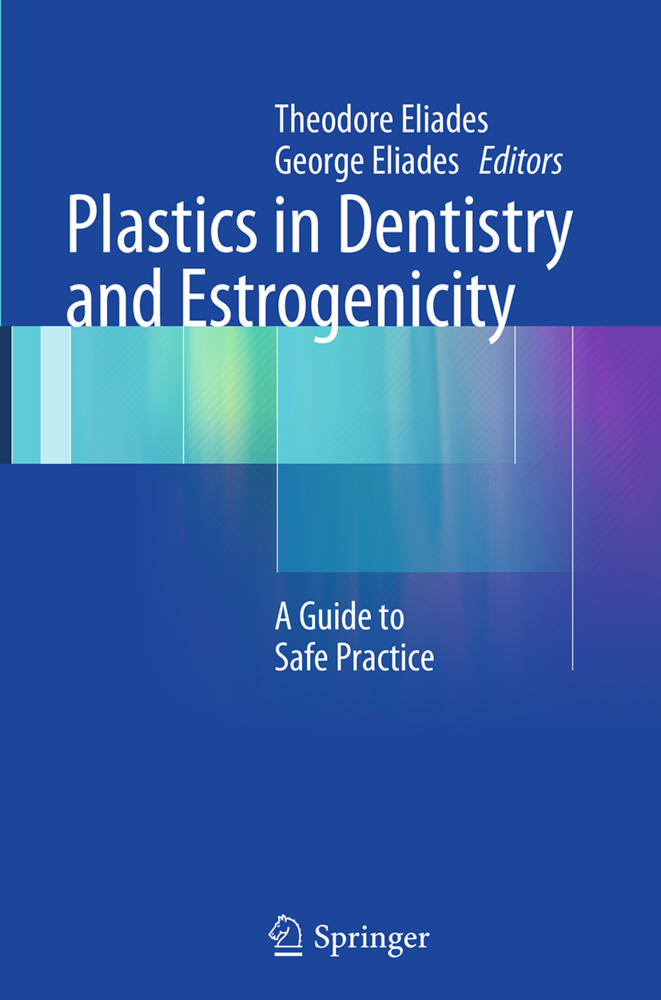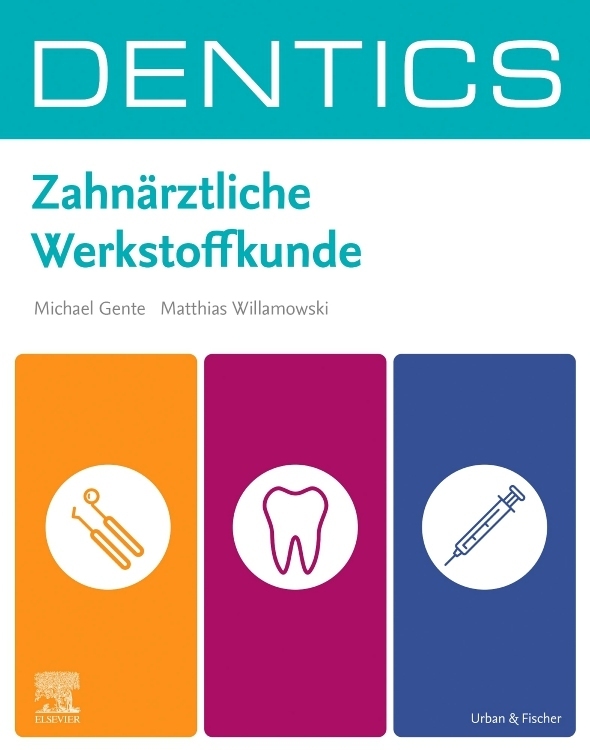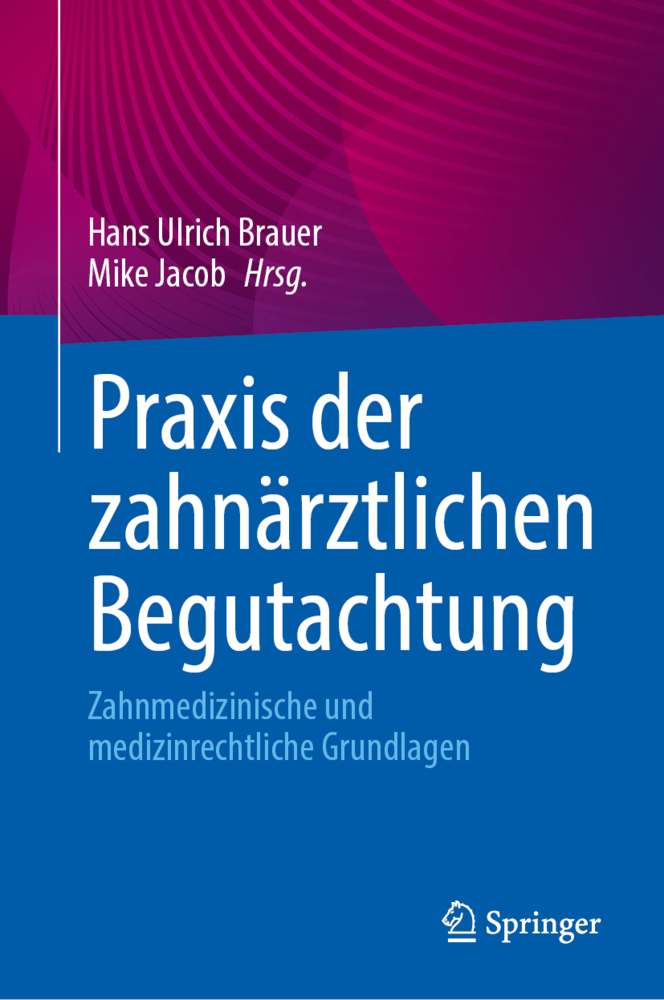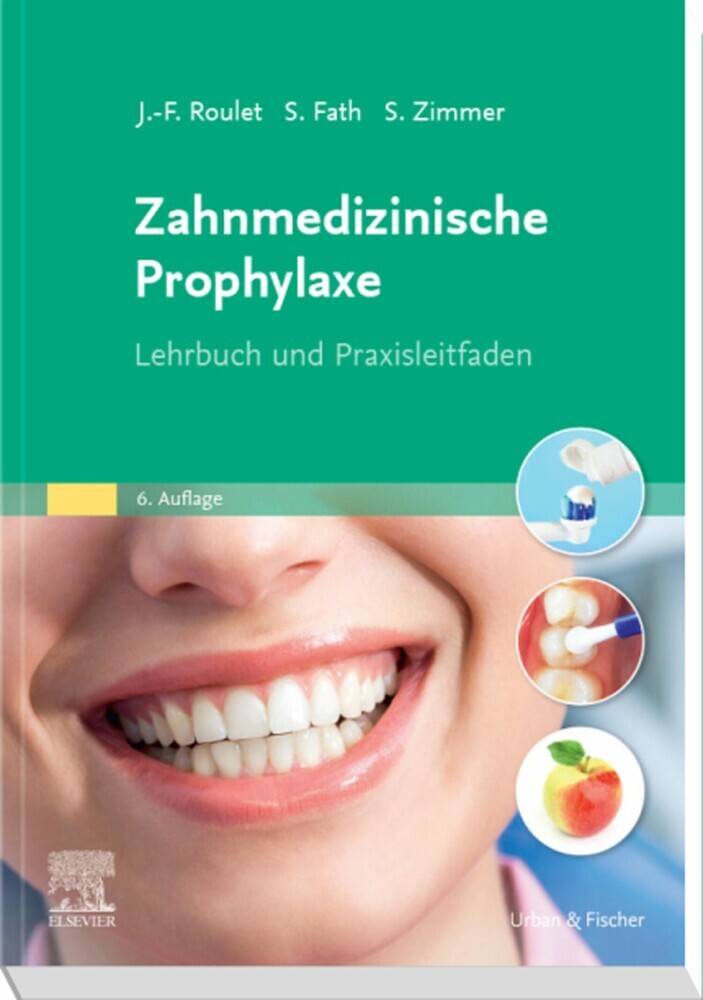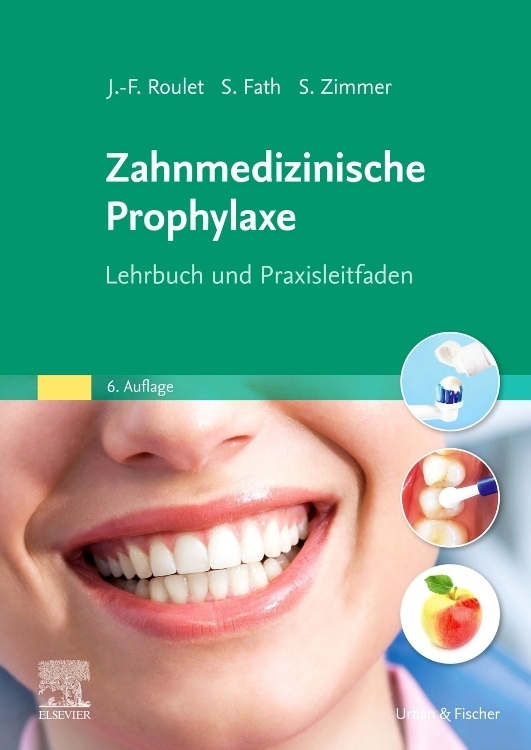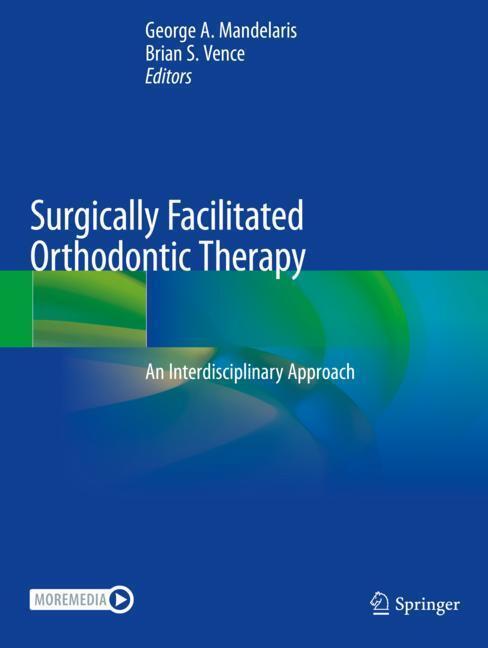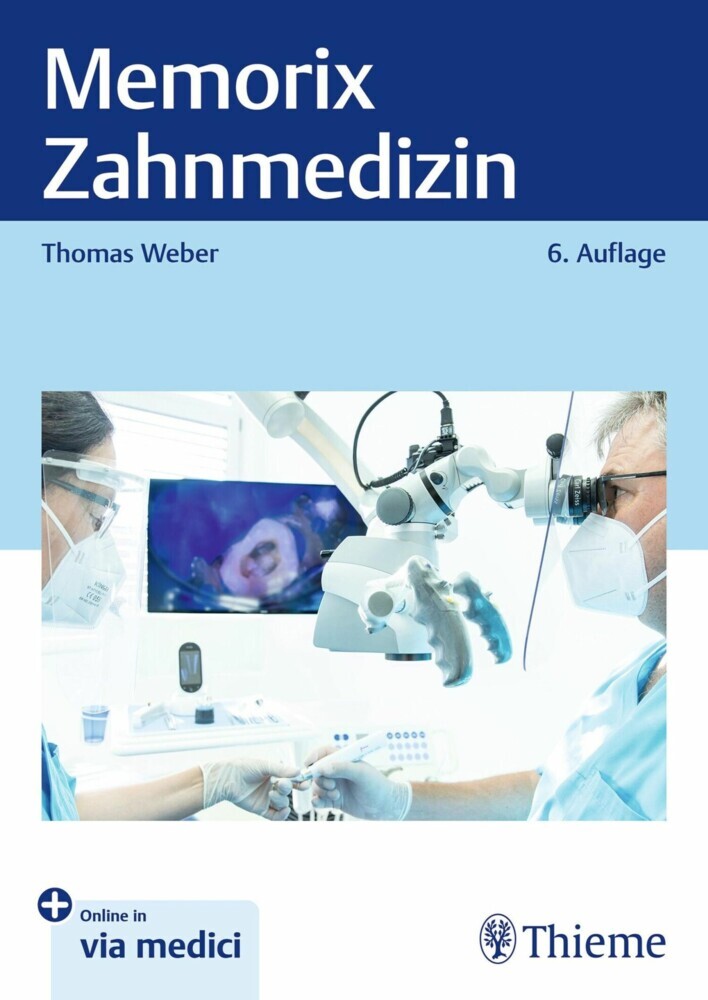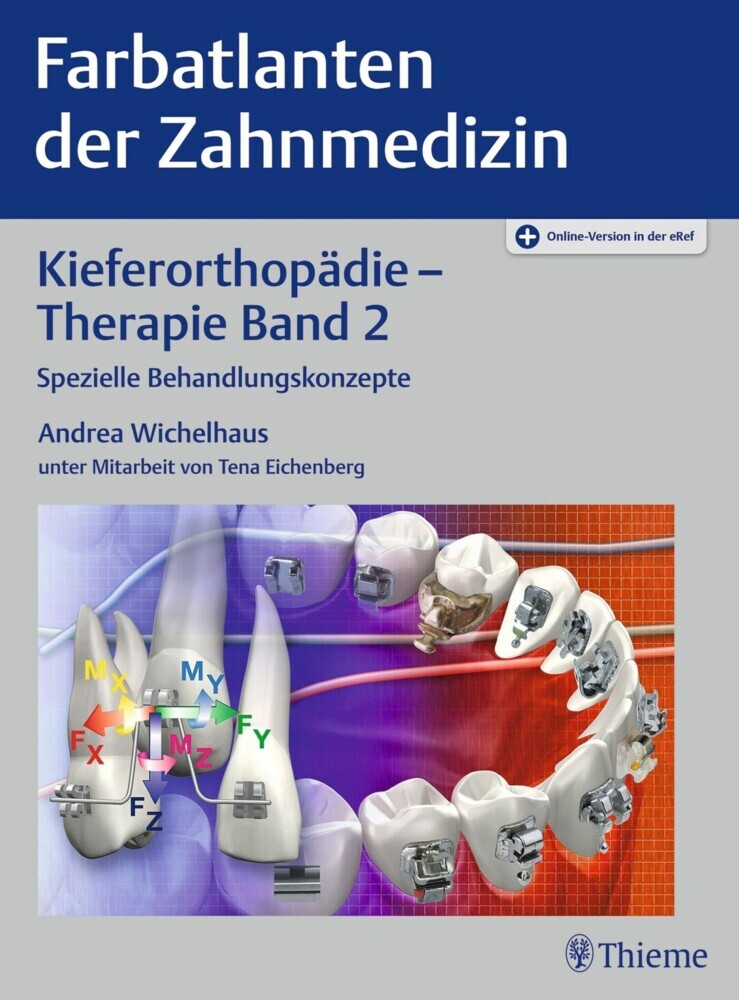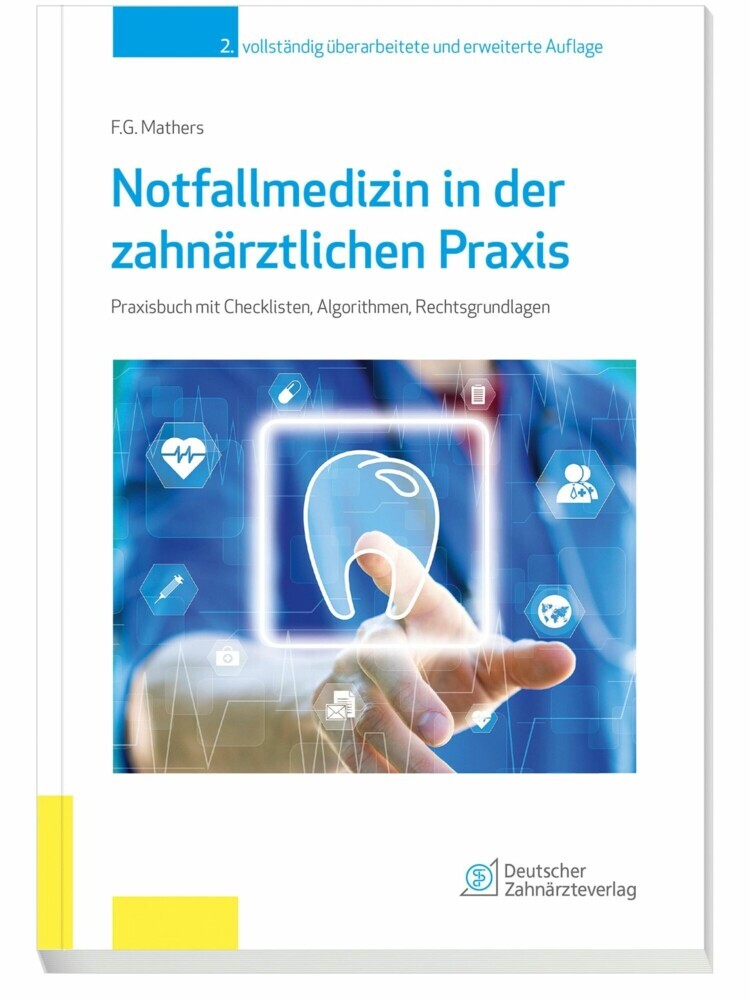Plastics in Dentistry and Estrogenicity
A Guide to Safe Practice
This book provides a timely and comprehensive review of our current knowledge of BPA release from dental polymers and the potential endocrinological consequences. After a review of the history and evolution of the issue within the broader biomedical context, the estrogenicity of BPA is explained. The basic chemistry of the polymers used in dentistry is then presented in a simplified and clinically relevant manner. Key chapters in the book carefully evaluate the release of BPA from polycarbonate products and composite resins and the estrogenicity of these materials. Currently available evidence on the potential estrogenic action of dental composities, sealants, and adhesives is presented, and means are suggested by which adverse health effects can be minimized. The entire dental community will find this book to be an excellent source of information on the true risks posed by BPA, and an invaluable aid to safe practice.
Theodore Eliades graduated from the School of Dentistry, University of Athens, Greece, completed the Orthodontic postgraduate program of the Ohio State University, and earned a Master's from Ohio State, a doctorate from the University of Athens, School of Medicine, and a PhD from the University of Manchester. His research has generated 90 papers and 15 book chapters, which elucidated the in vivo ageing pattern of orthodontic materials and resultant clinical implications, receiving 800 citations. He has co-edited books on ageing of biomaterials (Quintessence), bonding to dental tissues (Springer), orthodontic materials (Thieme), orthodontic practice risk management (Quintessence), and self-ligating brackets (Wiley-Blackwell), some translated into 3 languages. A Fellow of the Institute of Materials, Minerals and Mining, and member of the Royal Society of Chemistry and the Institute of Physics, Dr. Eliades is affiliated with Universities in the US (Texas-Houston and Marquette) and EU (Manchester and Bonn), is an Associate Editor of the European Journal of Orthodontics, and the American Journal of Orthodontics and Dentofacial Orthopedics, Editorial Board member in 5 and reviewer in 22 periodicals.
Gottfried Schmalz: Since 1986 President of various national and international organizations, (CED-IADR, Pan-European Federation, Pulp Biology and Regeneration Group of IADR). German Representative in the Advisory Committee of the EU for Dental Education, Honorary member of several scientific organizations, 2007 Distinguished Scientist Award of IADR. Member of the German Academy of Sciences (Leopoldina). Editor-in-Chief of our journal Clinical Oral Investigations.
Theodore Eliades graduated from the School of Dentistry, University of Athens, Greece, completed the Orthodontic postgraduate program of the Ohio State University, and earned a Master's from Ohio State, a doctorate from the University of Athens, School of Medicine, and a PhD from the University of Manchester. His research has generated 90 papers and 15 book chapters, which elucidated the in vivo ageing pattern of orthodontic materials and resultant clinical implications, receiving 800 citations. He has co-edited books on ageing of biomaterials (Quintessence), bonding to dental tissues (Springer), orthodontic materials (Thieme), orthodontic practice risk management (Quintessence), and self-ligating brackets (Wiley-Blackwell), some translated into 3 languages. A Fellow of the Institute of Materials, Minerals and Mining, and member of the Royal Society of Chemistry and the Institute of Physics, Dr. Eliades is affiliated with Universities in the US (Texas-Houston and Marquette) and EU (Manchester and Bonn), is an Associate Editor of the European Journal of Orthodontics, and the American Journal of Orthodontics and Dentofacial Orthopedics, Editorial Board member in 5 and reviewer in 22 periodicals.
Gottfried Schmalz: Since 1986 President of various national and international organizations, (CED-IADR, Pan-European Federation, Pulp Biology and Regeneration Group of IADR). German Representative in the Advisory Committee of the EU for Dental Education, Honorary member of several scientific organizations, 2007 Distinguished Scientist Award of IADR. Member of the German Academy of Sciences (Leopoldina). Editor-in-Chief of our journal Clinical Oral Investigations.
1;Foreword;6 2;Contents;8 3;Part I:Introduction and Overview;9 3.1;Chapter 1: Endocrine Disruptors (Xenoestrogens): An Overview;10 3.1.1;1.1 Introduction;10 3.1.2;1.2 Mechanism of Action of Estrogens and Xenoestrogens;14 3.1.2.1;1.2.1 Estrogen Receptor Signalling Pathway;14 3.1.2.2;1.2.2 Cytochrome P (CYP) Induction;20 3.1.3;1.3 Effects;21 3.1.3.1;1.3.1 Effects on Female Genital System;22 3.1.3.2;1.3.2 Effects on Male Genital System;23 3.1.3.3;1.3.3 Breast Cancer;24 3.1.3.4;1.3.4 Obesity;26 3.1.3.5;1.3.5 Diabetes;27 3.1.3.6;1.3.6 Neurologic Defects;27 3.1.3.7;1.3.7 Immunologic Effects;29 3.1.3.8;1.3.8 Effects on Bones;30 3.1.3.9;1.3.9 Exposure In Utero and During Lactation;30 3.1.3.10;1.3.10 Risk Assessment;32 3.1.4;1.4 Importance of Identification of Compounds with Estrogenic Activity;33 3.1.5;References;34 4;Part II:Methodology of Measuring BPA and Its Effects;56 4.1;Chapter 2: Analytical Methods for Determination of Bisphenol A;57 4.1.1;2.1 Introduction;57 4.1.2;2.2 Sampling and Storage;59 4.1.3;2.3 Extraction Techniques;59 4.1.4;2.4 Analytical Techniques;71 4.1.4.1;2.4.1 Gas Chromatography-Mass Spectrometry;71 4.1.4.2;2.4.2 Liquid Chromatography;73 4.1.4.2.1;2.4.2.1 Liquid Chromatography-Ultraviolet Detection;73 4.1.4.2.2;2.4.2.2 Liquid Chromatography-Fluorescence Detection;73 4.1.4.2.3;2.4.2.3 Liquid Chromatography-Electrochemical Detection;73 4.1.4.2.4;2.4.2.4 Liquid Chromatography-Mass Spectrometry;74 4.1.5;2.5 Immunoassays;74 4.1.6;2.6 Quality Assurance and Quality Control;74 4.1.7;2.7 Sources and Occurrence of Bisphenol A;76 4.1.7.1;2.7.1 Dental Restorative Materials;76 4.1.7.2;2.7.2 Environmental Samples;77 4.1.7.3;2.7.3 Food Samples;77 4.1.7.4;2.7.4 Biological Samples;78 4.1.8;References;78 4.2;Chapter 3: In Vitro Assay Systems for the Assessment of Oestrogenicity;84 4.2.1;3.1 Cell-Free Assay Systems;85 4.2.2;3.2 Yeast Assay Systems;86 4.2.3;3.3 Mammalian Cell Assay Systems;87 4.2.4;3.4 Conclusion;89 4.2.5;References;89 4.3;Chapter 4: BPA Effects In Vivo: Evidence from Animal Studies;93 4.3.1;4.1 Introduction;93 4.3.2;4.2 Part I: Issues on Experimental Design;94 4.3.2.1;4.2.1 Route of Exposure;95 4.3.2.2;4.2.2 Pharmacokinetics;95 4.3.2.3;4.2.3 Dosage;96 4.3.2.4;4.2.4 Timing and Duration of Exposure;97 4.3.2.5;4.2.5 Choice of Rodent Species;97 4.3.2.6;4.2.6 Choice of Sex to Study;98 4.3.2.7;4.2.7 Appropriate Controls;99 4.3.3;4.3 Part II: Evidence from Low-Exposure Studies;99 4.3.3.1;4.3.1 General;99 4.3.3.2;4.3.2 Effects in the Reproductive System;100 4.3.3.3;4.3.3 Effects in the Accessory Reproductive Organs;101 4.3.3.4;4.3.4 Effects in the Central Nervous System;102 4.3.3.4.1;4.3.4.1 Effects on Brain Structure;104 4.3.3.4.2;4.3.4.2 Effects on Brain Physiology;105 4.3.3.4.2.1;Changes in Steroidogenesis and Synaptic Plasticity;105 4.3.3.4.2.2;Changes in Neurotransmission;106 4.3.3.4.2.3;Changes in Nuclear Receptors' Levels;106 4.3.3.4.2.4;Changes in the Stress Response System;107 4.3.3.4.3;4.3.4.3 Effects on Behaviour and Cognition;108 4.3.3.5;4.3.5 Effects on Other Systems;110 4.3.3.5.1;4.3.5.1 Effects in Metabolism;110 4.3.3.5.2;4.3.5.2 Epigenetic Changes;111 4.3.4;4.4 Concluding Remarks;111 4.3.5;References;113 5;Part III:Bisphenol-A in Dental Polymers;119 5.1;Chapter 5: BPA and Dental Materials;120 5.1.1;5.1 Introduction and Historical Perspective;120 5.1.2;5.2 What Is the Current "Safe" Level of Exposure?;121 5.1.3;5.3 Where Can We Get BPA Exposure from Dental Materials?;121 5.1.4;5.4 Is BPA from Dental Material Sources Significant When Compared to Overall Exposure Levels?;122 5.1.5;5.5 What Effects Have Been Reported from Dental Material-Derived BPA?;122 5.1.6;5.6 What Is the Current Impact of BPA on the Dental Profession?;123 5.1.7;5.7 What Can We Do in the Future?;125 5.1.8;References;125 5.2;Chapter 6: Bisphenol A and Orthodontic Materials;128 5.2.1;6.1 Introduction;128 5.2.2;6.2 Orthodontic Adhesives;129 5.2.3;6.3 Orthodontic Adhesives: In Vitro BPA Release;130 5.2.4;6.4 Orthodontic Adhesives: In Vitro Est
Eliades, Theodore
Eliades, George
| ISBN | 9783642296871 |
|---|---|
| Artikelnummer | 9783642296871 |
| Medientyp | E-Book - PDF |
| Auflage | 2. Aufl. |
| Copyrightjahr | 2013 |
| Verlag | Springer-Verlag |
| Umfang | 144 Seiten |
| Abbildungen | w. 28 ill., 12 col. ill. |
| Sprache | Englisch |
| Kopierschutz | Digitales Wasserzeichen |

